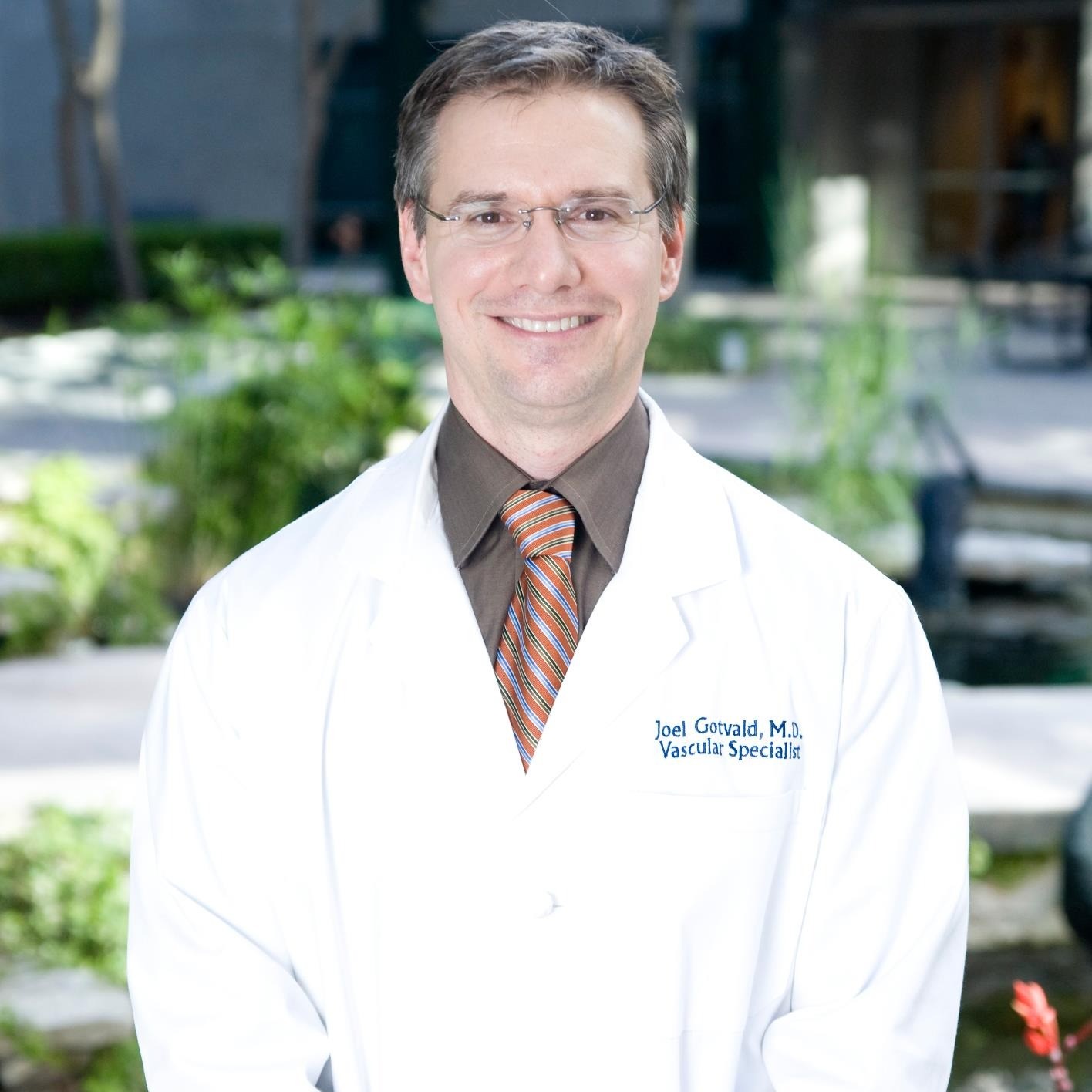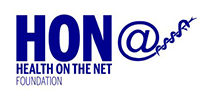
Varicose veins and spider veins. These terms are often used interchangeably, but there are important distinctions to be aware of which are outlined below.
Characteristics
Spider Veins are clusters of enlarged veins or capillaries within the skin. These smaller, discolored vein clusters have a spiderweb-like appearance. They’re generally not painful (although rarely they are). They are typically treated as a cosmetic issue. Spider veins are most common on the legs but can occur elsewhere on the body, such as the face. Unlike varicose veins, spider veins often cannot be permanently cured, and individuals often must be treated for spider veins every few years if they wish their legs to look younger. Insurance does not cover the treatment of these veins.
Varicose Veins are larger, bulging veins, usually in the legs, that are blue or purple in appearance. Beyond their unsightly appearance, the side effects of varicose veins are much more serious than spider veins. Varicose veins are considered a medical disease. There are often are coupled with leg pain, numbness, restlessness, heaviness, swelling, and in rare cases, ulcers. Insurance companies often cover varicose vein treatment.
Causes
The root causes of spider veins and varicose veins are often the same. Family history of varicose and/or spider veins (i.e. genetic predisposition), obesity, and pregnancy are the most common causes.
Spider veins can be caused by a variety of factors beyond genetics, obesity, and pregnancy. They can present due to backup of blood, hormone changes, exposure to the sun, and external injuries.
Varicose veins develop as a result of faulty and weak vein valves that control the direction of blood flow. Rather than directing blood up towards the heart, these faulty vein valves allow blood to flow downward and pool in the legs and feet. This often causes other vein valves to fail, exacerbating the symptoms. This process is called Venous Reflux Disease, the most common underlying cause of varicose veins.
Treatments
Spider veins are often addressed through minimally invasive treatments. The most common treatments are sclerotherapy and skin thermal treatments, such as laser or thermolysis. Check out all the treatment options provided by Austin Vein Specialists here.
To prevent the growth of spider veins, individuals can improve their diet, maintain a normal weight, exercise, and wear compression stockings. While these can prevent the symptoms of spider veins from worsening, they will not typically eliminate their development completely. Professional treatment is required to reduce and eliminate the spider veins that have already formed.
Because spider veins are a cosmetic issue, spider vein treatment is not covered by insurance.
Varicose Vein treatments must address the underlying cause of the varicose veins directly, and therefore treatments are often more involved than spider vein treatments. Common varicose vein treatments include:
● Sclerotherapy
● Endovenous Varithena Ablation
● Radiofrequency Ablation
● Endovenous laser therapy (EVLT)
● Endovenous VenaSeal Closure
Unlike spider vein treatments, varicose vein treatments are often covered by medical insurance.
To diagnose your varicose or spider veins and determine which treatment is best for you, contact Austin Vein Specialists here or call 512-220-5401.



